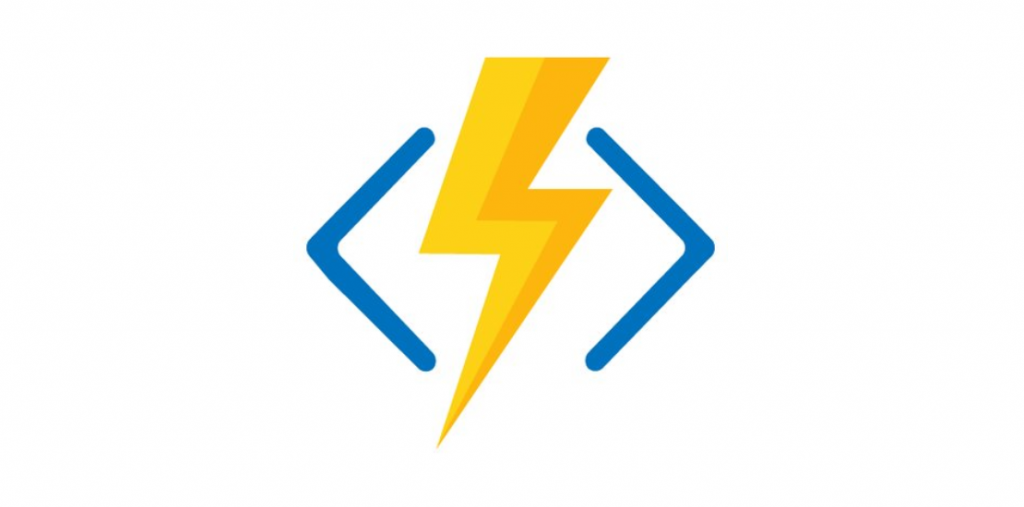
Unleasing the Power of Azure Durable Functions
In the ever-evolving landscape of cloud computing, serverless architectures have become a go-to solution for building scalable and efficient applications. Azure Functions, Microsoft’s serverless compute service, takes this paradigm a step further with the introduction of Durable Functions. This extension allows developers to create stateful workflows, making it an invaluable tool for orchestrating and coordinating long-running operations.
Understanding Azure Durable Functions
The Building Blocks
Azure Durable Functions consist of two main function types:
- Activity Functions:
- These are the basic units of work in a Durable Function. Activity functions perform specific tasks and are typically short-lived, focusing on a singular operation.
- Orchestrator Functions:
- Orchestrator functions define the workflow, specifying the sequence and conditions of execution for activity functions. They play a pivotal role in managing the state of the workflow.
Stateful Execution
Unlike traditional serverless functions, Durable Functions maintain state throughout the execution of a workflow. This feature is particularly crucial for scenarios involving long-running processes where the state needs to persist across multiple function executions.
Orchestration Bindings
Durable Functions come equipped with orchestrator bindings, simplifying communication between activity functions and the orchestrator. These bindings allow for the seamless passing of input and output parameters, enhancing the overall coordination of the workflow.
Checkpoints and Timers
Orchestrator functions can create checkpoints, enabling them to save their current state. This functionality ensures that workflows can resume execution from the point of failure, adding a layer of fault tolerance. Additionally, durable timers can be employed to introduce delays and schedule activities at specific points in the workflow.
Human Interaction
Durable Functions support human intervention points, allowing external inputs to trigger or influence the workflow. This capability extends the use of Durable Functions beyond automated processes, making them adaptable to scenarios where human interaction is necessary.
Advantages of Azure Durable Functions
1. Stateful Workflows
Durable Functions empower developers to create stateful workflows, a capability that is fundamental for managing and tracking the progress of long-running operations.
2. Orchestration Power
The ability to define orchestrator functions provides a robust mechanism for orchestrating complex workflows. Developers can precisely sequence and control the execution of activity functions, leading to more efficient and organized processes.
3. Durable Timers
Durable Functions offer the flexibility of incorporating durable timers into workflows. This feature is invaluable for scenarios that require timed delays or scheduled activities.
4. Human Interaction
Support for human intervention points adds a layer of adaptability to Durable Functions. Workflows can be designed to pause or respond to external inputs, making them suitable for a broader range of applications.
5. Fault Tolerance
The use of checkpoints ensures fault tolerance by allowing orchestrator functions to recover from failures. In the event of a function failure, the workflow can resume execution from the last saved state.
6. Integration with Other Azure Services
Durable Functions seamlessly integrate with other Azure services, enabling developers to build comprehensive solutions within the Azure ecosystem. This interoperability enhances the extensibility and functionality of Durable Functions.
Disadvantages of Azure Durable Functions
1. Learning Curve
Developing and understanding stateful workflows can introduce a steeper learning curve compared to traditional, stateless Azure Functions. Mastery of Durable Functions may require additional effort and time investment.
2. Complexity
As workflows become more intricate, managing state and dependencies between functions can introduce complexity. Developers need to carefully design and structure their workflows to maintain clarity and simplicity.
3. Cost
The cost of running Durable Functions can vary depending on execution time and resource usage. Long-running workflows may incur higher costs compared to short-lived, stateless functions.
4. Cold Start
Similar to other serverless solutions, Durable Functions may experience a cold start delay when triggered after a period of inactivity. Understanding and mitigating this delay is crucial for optimizing performance.
Conclusion
Azure Durable Functions represent a leap forward in the realm of serverless computing, offering developers a powerful tool for creating and orchestrating complex workflows. The advantages, including stateful execution, orchestration capabilities, and fault tolerance, make Durable Functions a compelling choice for a variety of applications. However, developers must navigate the associated complexities and consider factors such as the learning curve, cost implications, and cold start delays.
By harnessing the capabilities of Azure Durable Functions, developers can architect robust, scalable solutions that effectively balance the advantages and considerations of this innovative serverless technology.
Comments